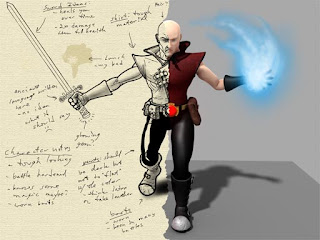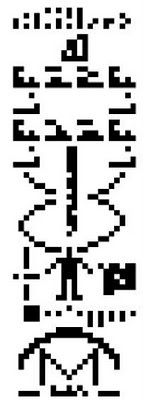

Hey CNMT and complex ECS students,
I thought we could continue our activities in SCRATCH to involve ourselves in thinking about Game Design in terms of both the interactive and visual. to start I would like you to think of your game designs as similar to animation, this would be the focus of the visual part. Please see The article: "12 Basic principles of animation" for ideas in understanding classic animation.
Next, read the article: "The 13 Principles of Game Play Design" this will help you to understand the relationship between animation and game design.
Finally, review "How to Make Games by Scratch Online" to give you a better understanding of how to plan your own custom designed SCRATCH game!
I am very excited to see all of the great ideas and creativity you will all bring to your Scratch Game Design Projects...
Mr. Casas



